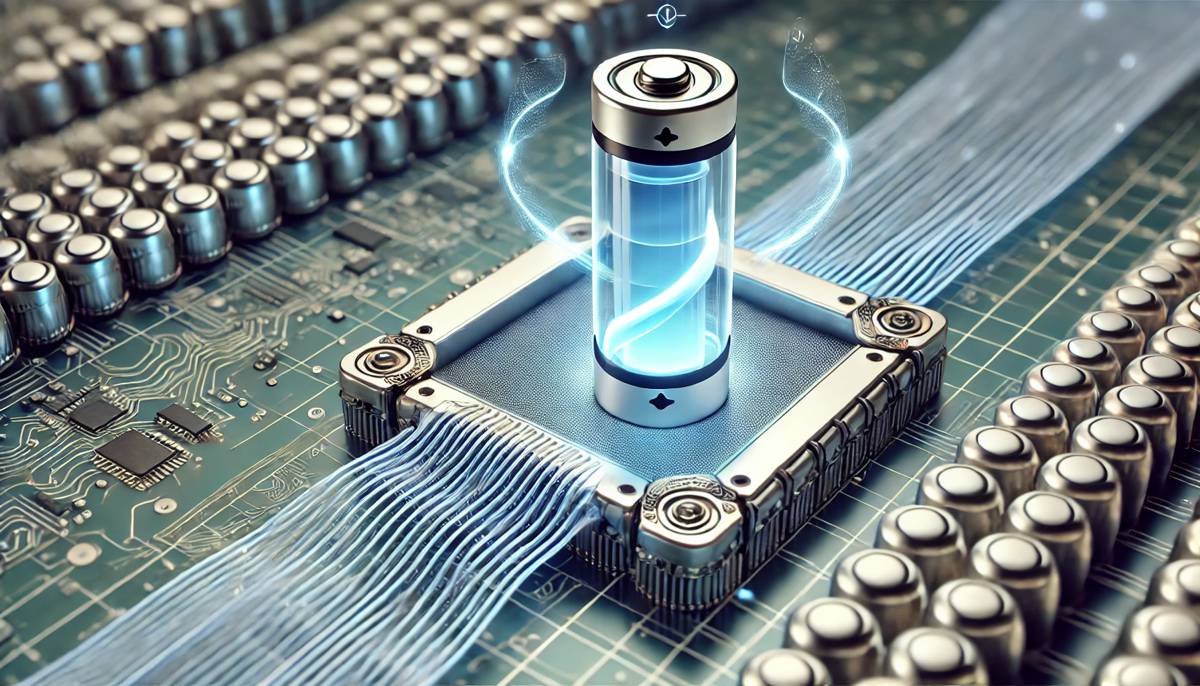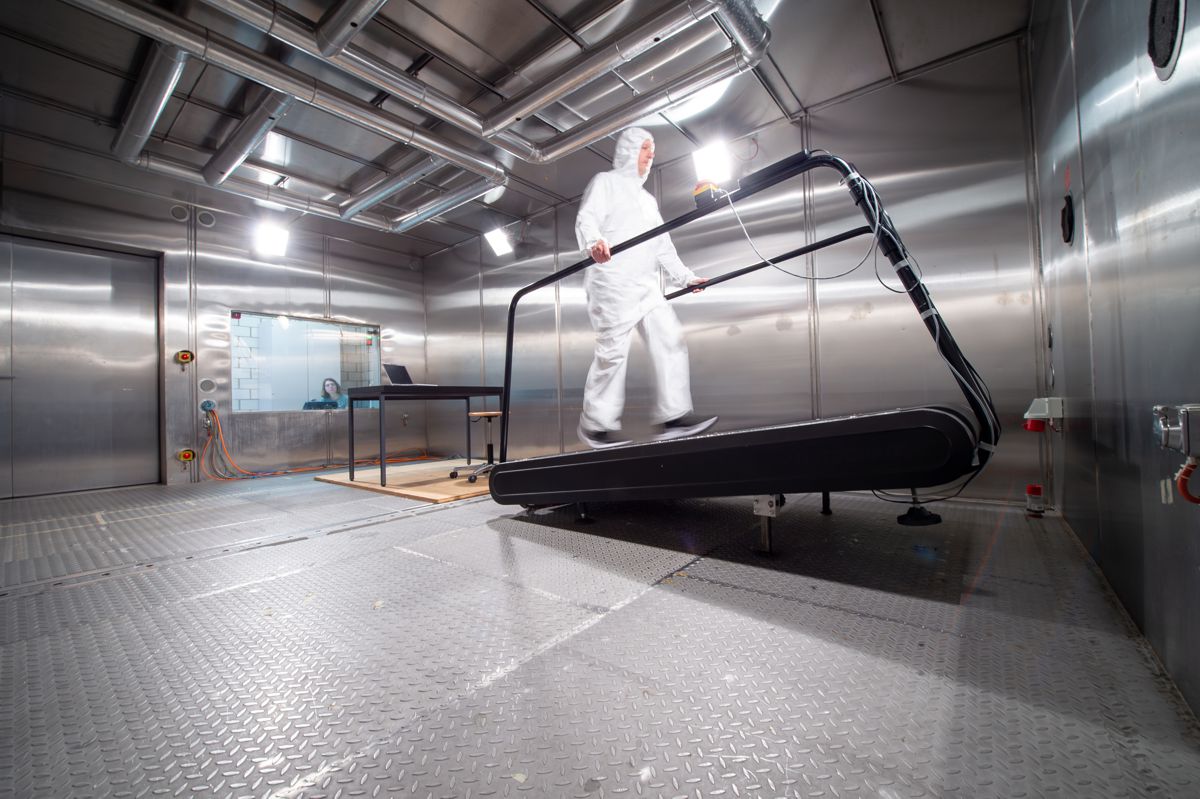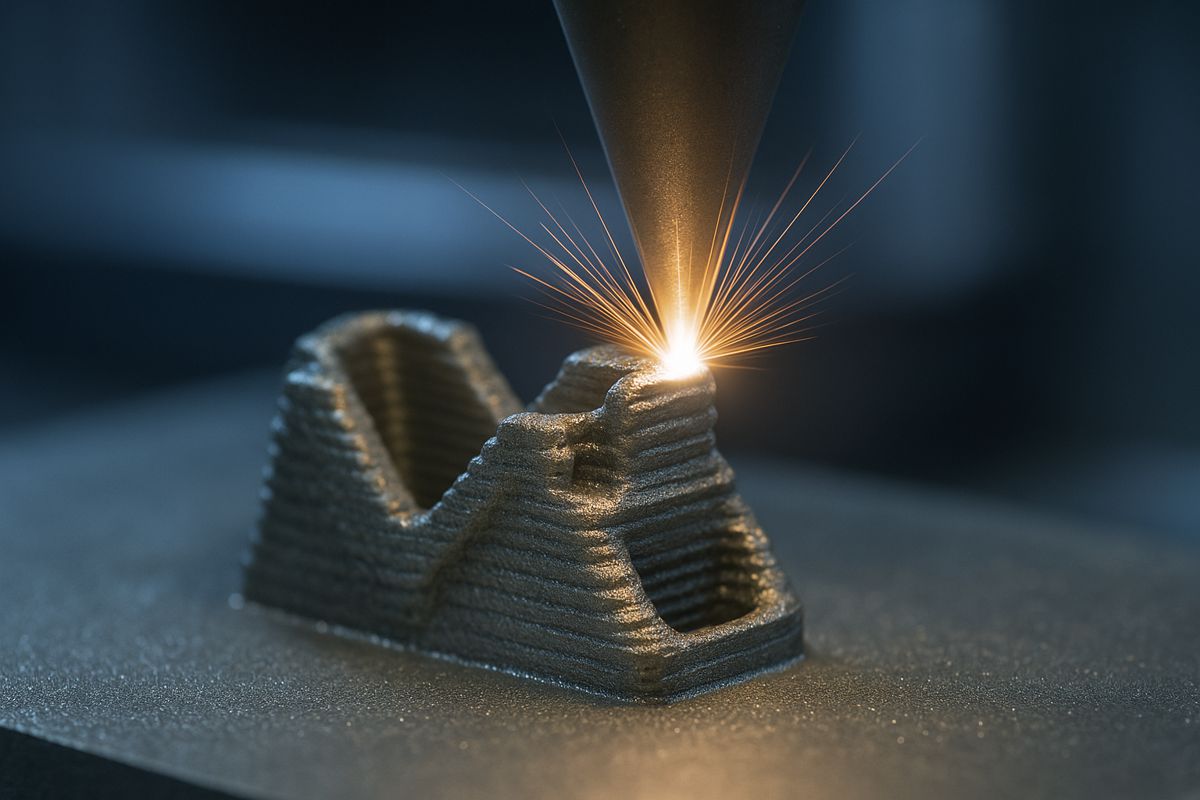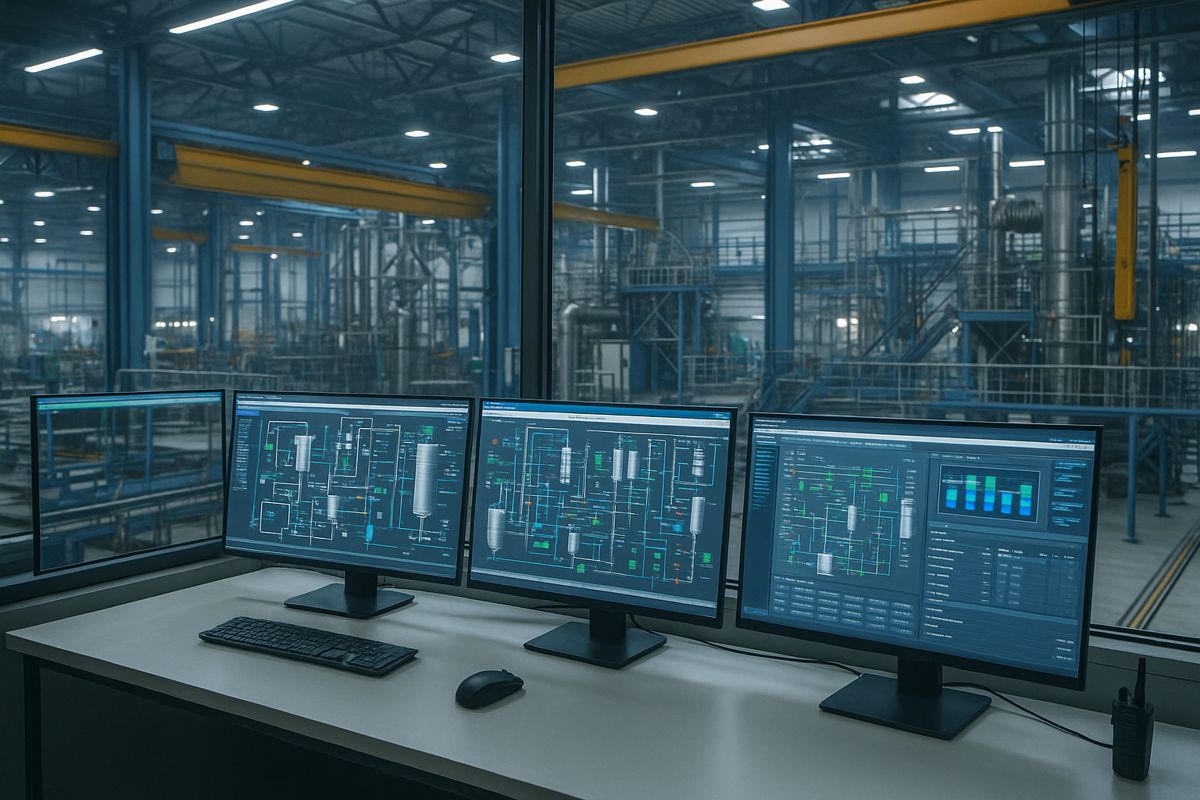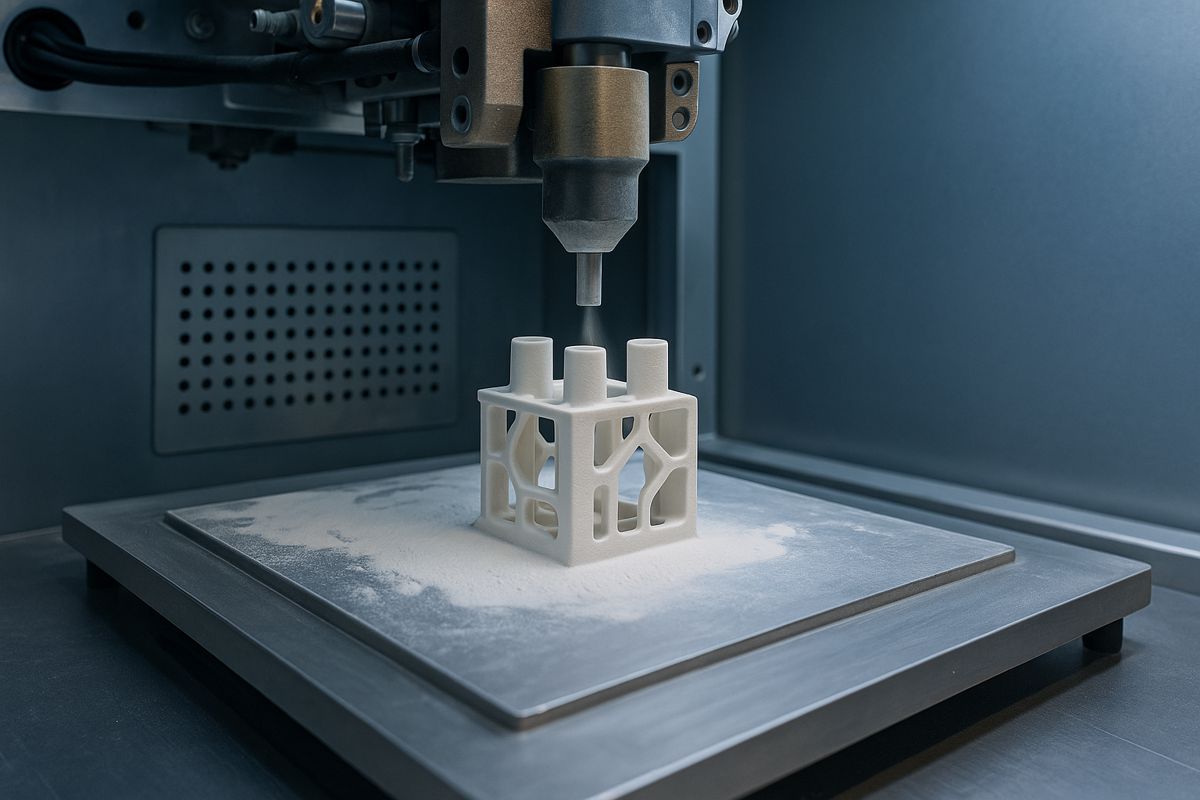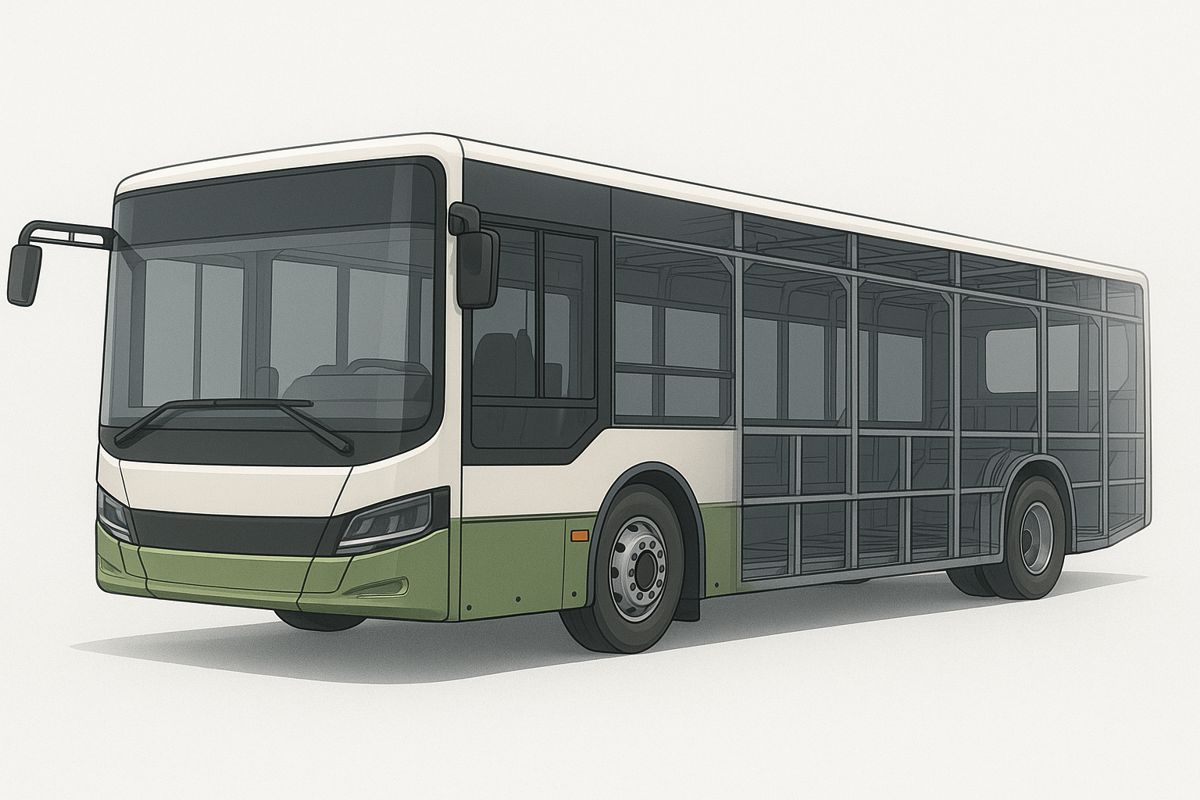Stretchable, Self-Healing Lithium-Ion Batteries Redefine Energy Storage
As wearable electronics and soft robotics leap into mainstream technology, the demand for advanced, flexible, and durable power sources has skyrocketed.
Enter stretchable lithium-ion batteries (LIBs)—the latest innovation poised to revolutionise energy storage for devices like electronic skin, wearable phones, and soft robotics. Now, researchers from China have taken this a step further, unveiling a groundbreaking stretchable LIB with self-healing properties, promising a longer lifespan and enhanced reliability.
A Revolutionary All-in-One Battery Design
While stretchable and self-healable LIBs have been explored before, their capabilities often fell short. Previous self-healing LIBs lacked stretchability, and stretchable batteries couldn’t self-heal—a critical flaw for devices under constant stress. But researchers at Jilin University, led by Professor Xiaokong Liu, have developed an all-in-one configuration that fuses both properties seamlessly.
“We achieved this by exploiting dynamic covalent polymers crosslinked by dynamic imine bonds as both the electrolyte and the binder of electrodes,” explained Prof Liu. These imine bonds play a pivotal role, enabling the battery’s unique ability to stretch and self-heal.
Stretchability Meets Durability
So, what sets this battery apart? Traditional LIBs struggle with delamination—the separation of their components—when subjected to stretching. However, Liu’s team designed a battery where the electrolyte and electrodes bond at their interface through dynamic imine exchanges. This innovative structure prevents delamination and allows the battery to achieve an impressive elongation-at-break of 220 ± 20%.
“Such a design not only endows the battery with both stretchability and self-healing capability, but also overcomes the delamination problem of the LIB upon stretching,” Liu elaborated.
This robust design ensures the battery remains functional even under stress. During tests, the LIB powered a timer while being stretched and released repeatedly, demonstrating remarkable durability. Additionally, after being cut and healed, the battery continued to light up an LED without any hiccups.
A Game-Changer for Wearable Tech
The implications of this research are vast. Stretchable and self-healing LIBs could serve as the cornerstone for the next generation of wearable devices. Imagine a fitness tracker that moulds to your wrist or an electronic skin patch that powers itself even after sustaining minor damage. With this technology, these possibilities could soon become reality.
Moreover, this innovation aligns perfectly with the growing trend towards sustainable technology. By extending the lifespan of energy storage devices and reducing waste, stretchable and self-healing LIBs could play a vital role in minimising electronic waste.
Breaking Down the Science
What makes this all-in-one configuration so effective is its integration of dynamic covalent polymers. These materials exhibit reversible bonds, which allow the battery components to self-repair after sustaining physical damage. This feature not only enhances the battery’s durability but also reduces the need for replacements, thereby lowering costs over time.
The research, published in Supramolecular Materials, highlights the potential of these batteries to maintain performance even in demanding conditions. The LIB’s ability to power an LED after being cut and healed is a testament to its practical applications.
Pushing Boundaries with Global Support
This breakthrough was made possible thanks to support from China’s National Natural Science Foundation and the National Key R&D Program. The collaboration of researchers and funding bodies underscores the global push towards sustainable and innovative energy solutions.
Professor Liu and his team’s achievement marks a significant milestone in the field of energy storage. Their work lays the groundwork for future advancements, as researchers explore ways to scale this technology for commercial use.
Stretchable Batteries in Everyday Life
While the research represents a significant leap forward, it’s just the beginning. Further studies are needed to refine the technology, enhance its scalability, and explore new applications. The integration of stretchable, self-healing LIBs into consumer electronics, medical devices, and industrial tools could redefine what’s possible in energy storage.
In wearable tech, for instance, these batteries could power devices that endure daily wear and tear without compromising performance. Soft robotics, used in healthcare and manufacturing, could also benefit immensely from durable and flexible power solutions.
Lighting the Way Forward
The development of stretchable and self-healing LIBs signals a future where energy storage adapts to our needs rather than the other way around. This innovation doesn’t just meet the demands of today’s technology; it anticipates the challenges of tomorrow.
Professor Liu summed it up perfectly: “Our work provides a novel and viable strategy for the design of stretchable and self-healable energy storage devices, showing high promise for the application in stretchable and wearable electronics.”
The possibilities are endless. As researchers continue to push the boundaries of what’s possible, stretchable lithium-ion batteries may soon become an integral part of our daily lives.
